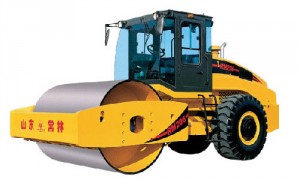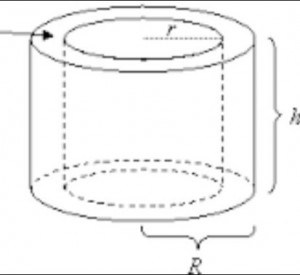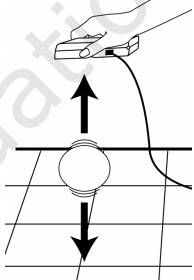
Addressed CCSS for Math:
Expressions and Equations Work with radicals and integer exponents.
CCSS.MATH.CONTENT.8.EE.A.1
Know and apply the properties of integer exponents to generate equivalent numerical expressions. For example, 32 × 3-5 = 3-3 = 1/33 = 1/27.
Addressed Mathematical Practices:
CCSS.MATH.PRACTICE.MP2 Reason abstractly and quantitatively.
CCSS.MATH.PRACTICE.MP3 Construct viable arguments and critique the reasoning of others.
Overview:
This learning progression takes place within a high school Algebra class of 25 students comprised of sophomores and freshman. The lesson is supplemented by material from the high school math textbook, “Algebra 2” by Holt, Rinehart, and Winston. The students have prerequisite knowledge on the basic mathematical propeties of exponents. The class itself has access to Chromebooks, a whiteboard, document camera, markers, scratch paper, and calculators.
The learning progression and lesson plan associated can be viewed at the link below:





